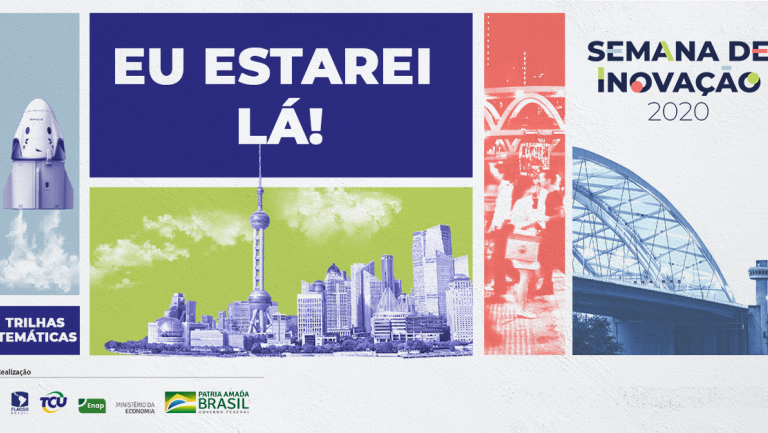Sign up for our monthly newsletter

Innovation is wonderful… unless it isn’t.
You say tomato, I say complex system…
In 1962, about 4,000 tomato farmers, employing 50,000 farm workers, were in operation across California. Just nine years later, only 600 farms remained, and 32,000 farm workers were out of a job. What had happened?
The introduction of mechanized tomato harvesters.
Of course, it hadn’t just happened; this change had been intended. Prompted by the impending end of the Bracero Program, which enabled agricultural workers from Mexico to work in the United States, researchers at the University of California, Davis, rushed to develop technology that could support the industry. Their research led to the development of mechanized harvesting machines which, five years later, would be responsible for 99.9% of all tomato picking. Undoubtedly, the introduction of these machines saved the industry.
But it also brought about huge collateral costs.
At $65,000 each, these machines were not for everyone. The profit margin required to justify them meant farmers needed a lot more land to remain commercially viable. This led to a massive 82% consolidation of the industry into just a small number of large-scale farmers.
To survive these new machines, agricultural scientists had to breed new strains of tomatoes that were harder and could withstand their picking techniques. These tomatoes tasted the same but contained fewer vitamins and were less desirable for consumers.

Why did this happen (and what can it teach us?)
The researchers failed to recognise the breadth of systemic social consequences the introduction of their new technology may have.
This is not to say that they did not consider the social impacts at all; they knew it would have impacts on the labour force (that was the point), but they insisted that consideration of those effects was not necessary until after mechanised harvesting had been introduced.
The researchers at UC Davis had fallen prey to one of the common pitfalls in innovation and diffusion - the pro-innovation bias. The pro-innovation bias is the implication that an innovation should be diffused and adopted by all members of a social system, that it should be diffused rapidly, and that it should avoid both rejection and re-invention.
All too often, the act of innovating is seen as an inherently good thing - but the question should always be asked, good for who?
Unpacking the bias
Our understanding of how innovations spread has been plagued by the pro-innovation bias since some of the earliest studies of diffusion in the 1940s. It's hardly surprising - most studies of technology diffusion are sponsored by the creators of the innovation themselves and it's much more interesting to study successful innovations.
In the Development Sector, where much of ThinkPlace Kenya’s work takes place, diffusion approaches gained popularity in the 1960s and 70's at a time when the sector's primary focus was the transfer of technology from development agencies to developing nations. At that time, typical diffusion approaches fit very well with this technology-centered approach. However, this practice typically fell short in considering the second and third order effects within a social system.
For that reason, the sector quickly moved on to new approaches to development. But to discount the impact of diffusion in modern approaches to development is to throw the baby out with the bathwater. Diffusion continues to provide a great framework for how we can encourage new ideas to spread, but it is left wanting in how it considers individual and system impacts.
What can we do about that?
That's where design can contribute. At ThinkPlace, many of the organisations we work with are trying to drive the adoption of a new product, service or behaviour.
We have developed and begun implementing a new approach to diffusion, which considers how new products, services and behaviours might be best designed with deep consideration for the broader human and system impacts they might have once released into the wild.
By introducing a design thinking mindset we can protect against some of the pro-innovation bias that is inherent when we try to introduce change to a system. Through our practice across the development sector and beyond, we have developed a few key principles that guide our approach to diffusion.
- Be solution agnostic
Design starts before an innovation occurs. Any good design process begins with trying to deeply understand the problem or opportunity well before any solutioning begins. It has been exciting to see the proliferation of user-testing break into realms like government services, consumer products, and public health interventions. Unfortunately, this testing often happens after a solution has already been developed.
Once we have created something, it's hard not to fall in love with our own brilliant solution...whether it works or not. A disciplined design process sees us exploring opportunities, wild ideas, and latent needs long before we begin to converge on possible solutions. A solution-agnostic approach opens us up to previously-unexplored opportunities for intervention and allows us to more readily cast ideas into the bin once we realise that they don't work in practice.
- Start with users, but don't lose sight of the system
Too often we set out to solve the wrong problem because we fail to understand, or we misinterpret, how an intervention will be received once released into the wild. In the real world, a user may reject an idea for unforeseen reasons. Lawmakers may legislate against our intervention. Community leaders may denounce the approach. It is easy to identify a problem for one aspect of a system - the user, a provider, a business, and forget the interrelated parts that make that idea viable.
Good design considers how an intervention will relate to both users and the system that they operate in. In a human-centred approach, we have to ask fundamental questions like: Who is the idea for? Who is it not for? Who will the idea benefit? Who will it hurt? How can it be improved?
- Laggards aren't slow, they're critical informants
Traditional diffusion models encourage us to categorise people into 5 categories: innovators, early adopters, early majority, late majority and laggards. The magic of this model is that it shows that if you can reach the early majority (that is, 17% of the group you're targeting take up the innovation) then the idea will naturally diffuse through the system via a snowball of interpersonal communication.
The problem with this model is that it encourages us to believe that the late majority and 'laggards' are simply ill-informed resistors. But those in the later stages of adoption may be resisting because the innovation is bad for them. As with the tomato farmers, those resistant to the innovation may eventually adopt not because they are finally convinced, but because they are forced to do so - at significant disadvantage to themselves. Of course, some people are resistant to change even when the change would ultimately be of benefit, it is our role as designers to navigate this.
- Don't be afraid to act, but act to understand
In many cases, organisations drastically over-estimate the degree to which data gathering can accurately inform how a system will react once an intervention is introduced. Baseline research is incredibly important, but it's best at telling us where to start not what will happen. At ThinkPlace, we use an exploratory research to help us understand where we think there might be the greatest opportunity for intervention.
Once we have a pretty good feel for that, we design with a diverse range of system actors to develop a selection of ideas and rapidly test them in the field. This means designing lo-fi prototypes, testing, observing the impacts and refining our ideas.
Taking this approach helps us to both generate richer understanding of how the system responds as well as de-risking interventions by starting small, and thereby keeping risk small, before scaling and avoiding developing large (and expensive) solutions only to discover that they don't work in practice.
By incorporating design approaches to models of diffusion, ThinkPlace has been exploring new ways of searching for, testing, and implementing ideas to drive behaviour change in complex environments. Using design can help us protect against over-emphasizing a particular innovation in place of meeting genuine needs of the user and the system that they live in.







